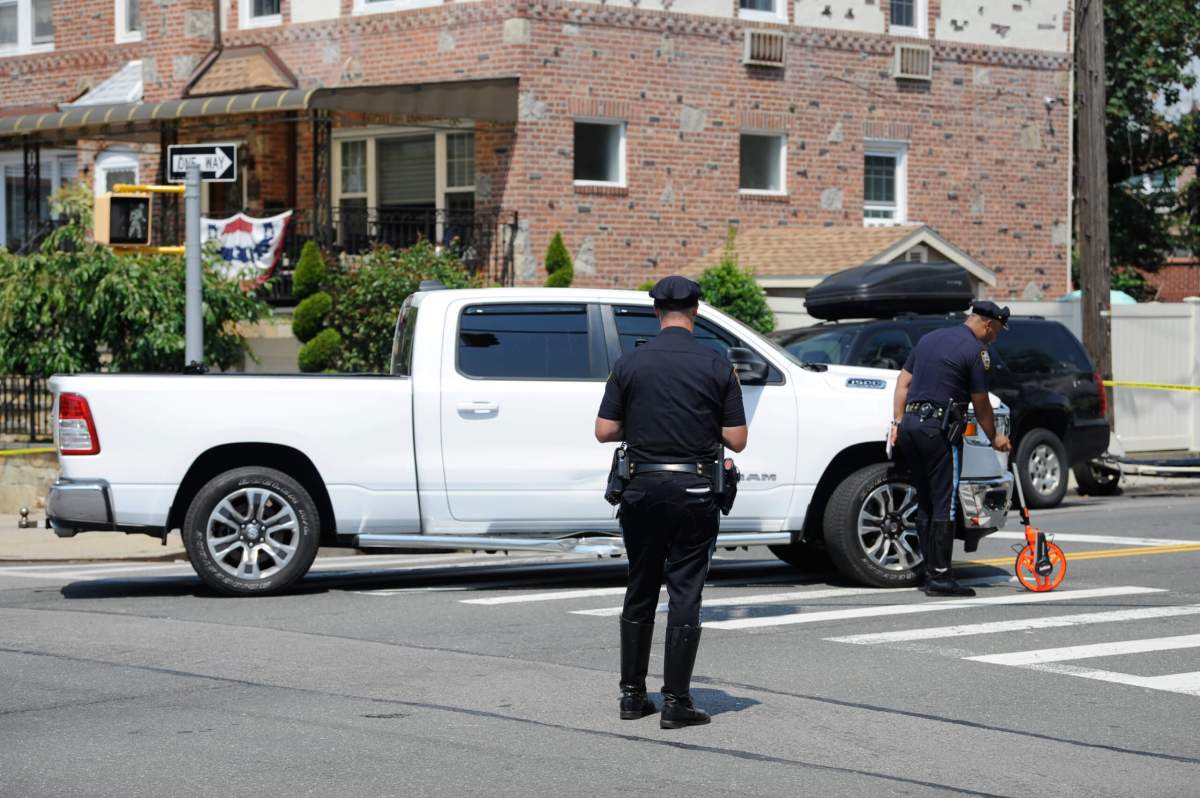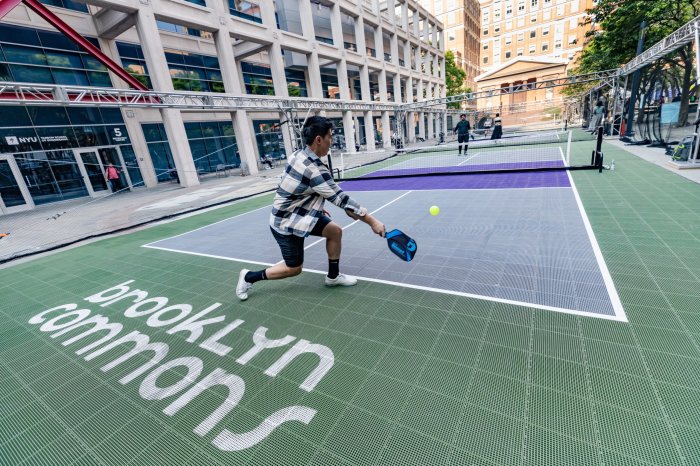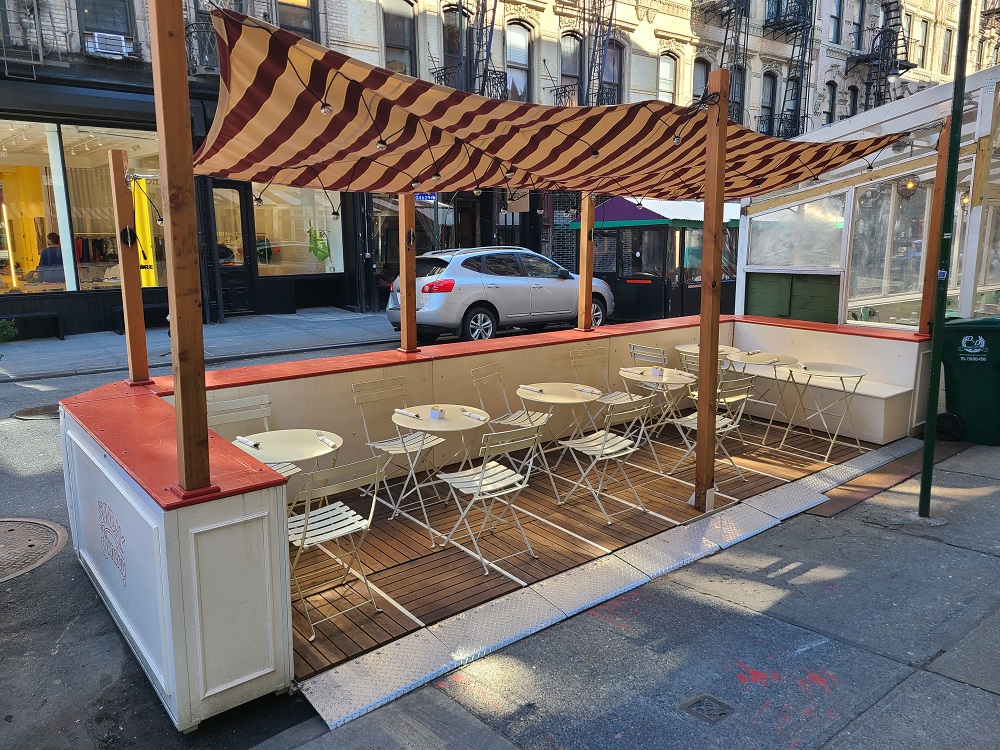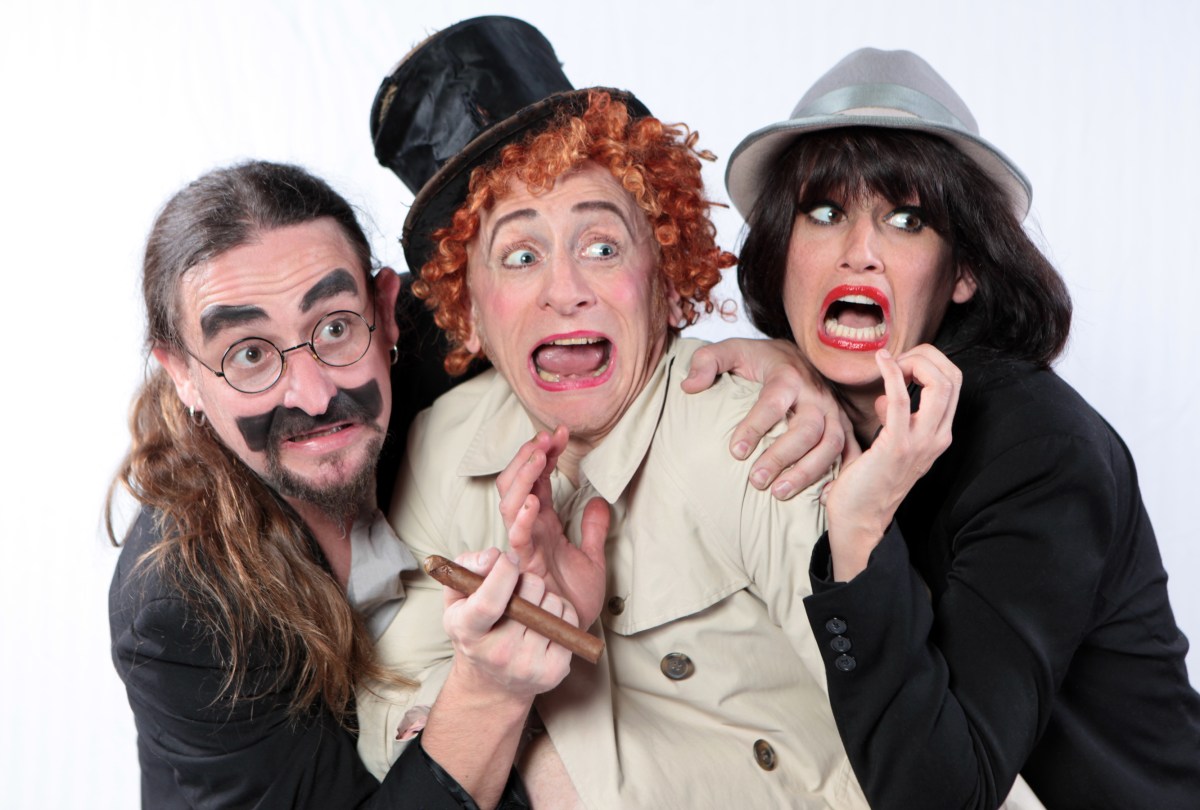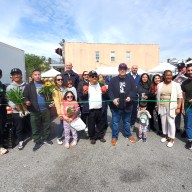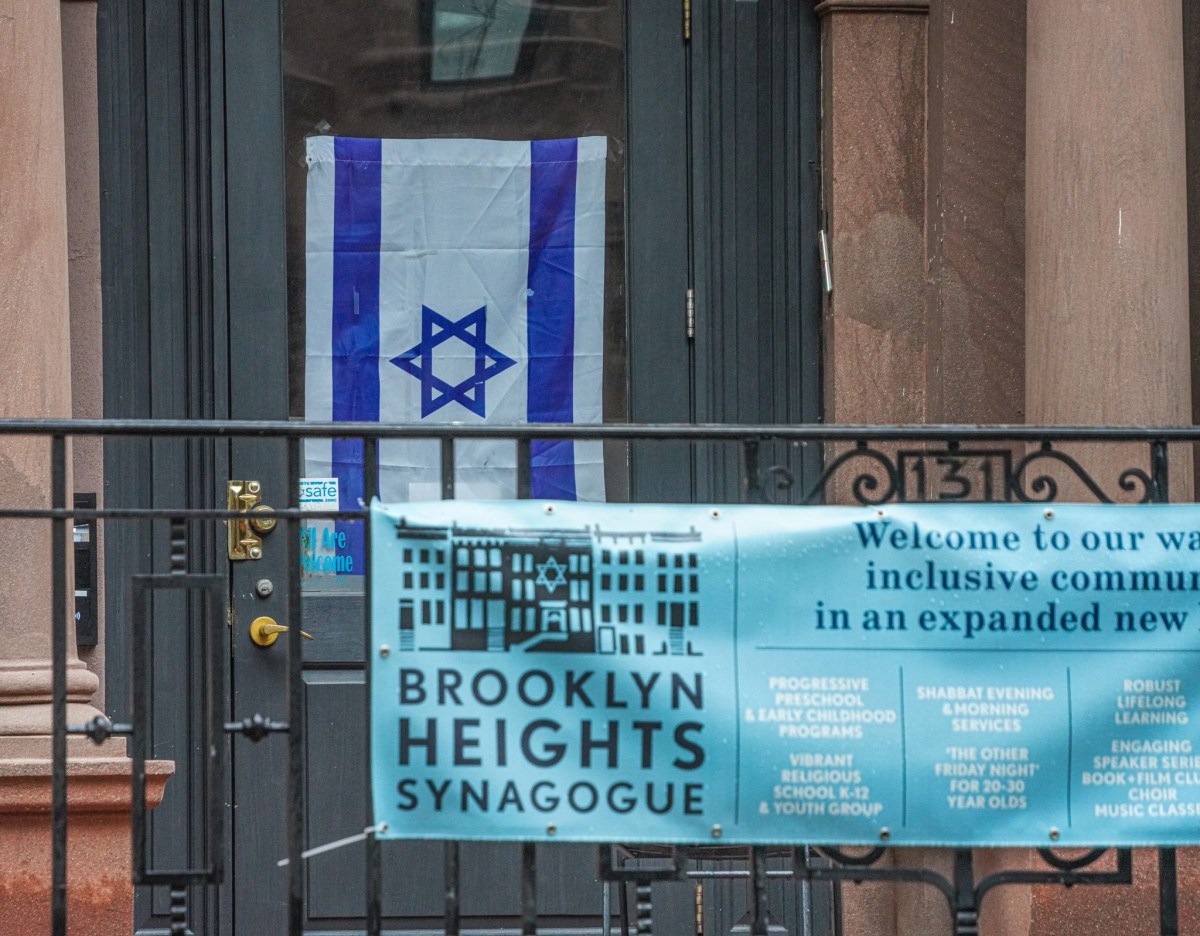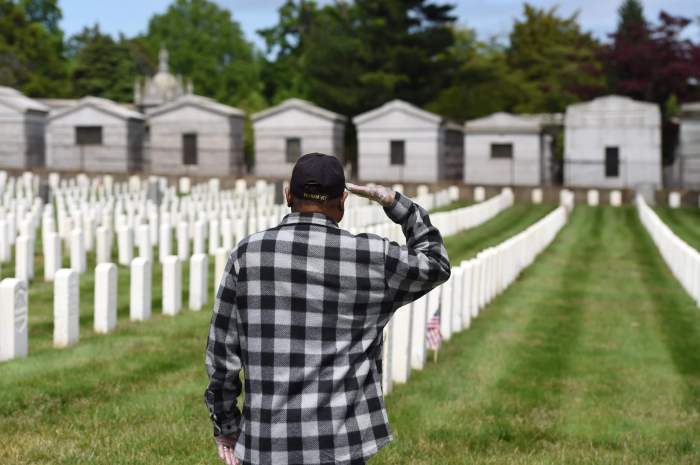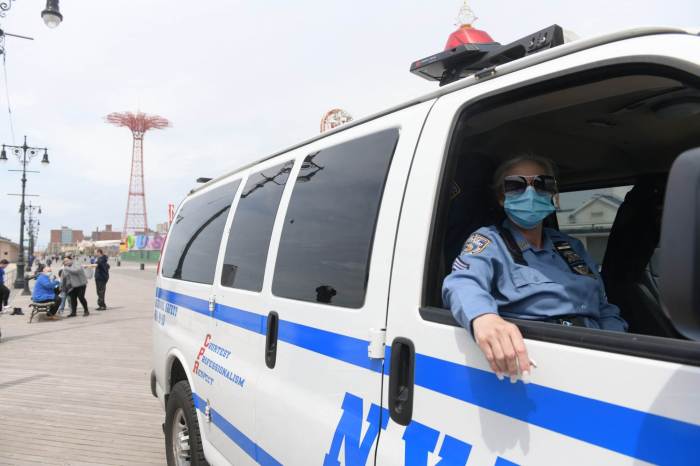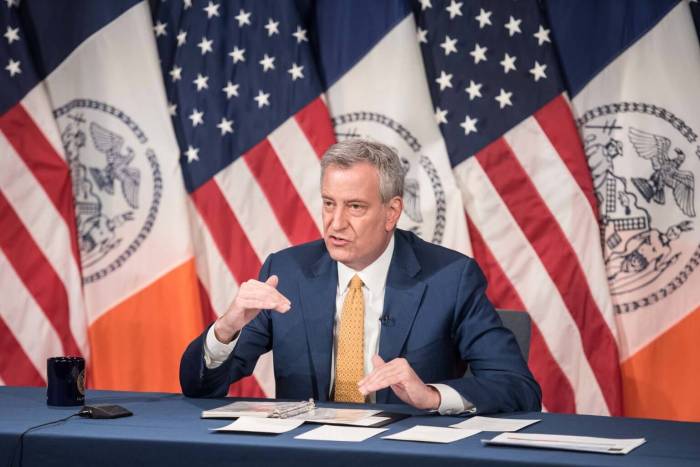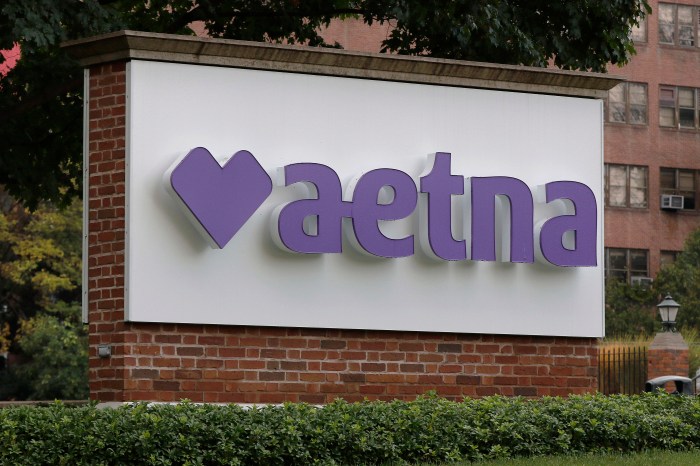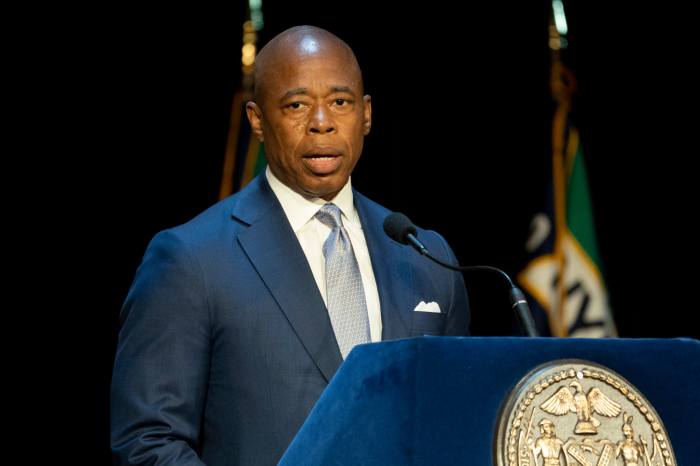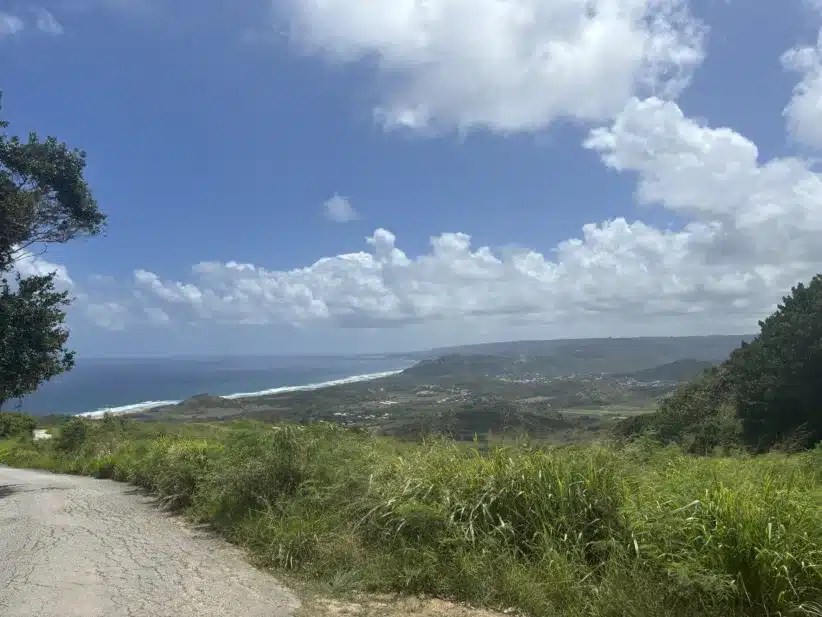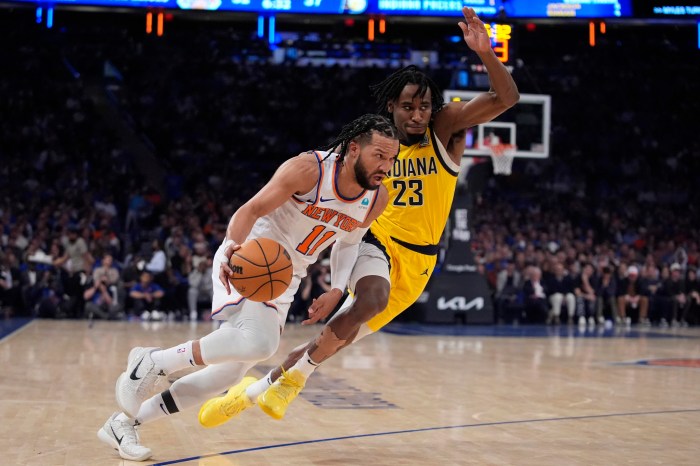The summer of 2021 was the deadliest summer for traffic-related fatalities on the streets of Brooklyn since Mayor Bill de Blasio took office in 2014.
Fueled in part by an influx in speeding and car ownership during the pandemic, an increasing number of New Yorker’s are dying at the hands of drivers — and Kings County is no exception, with more fatalities so far this year than all twelve months of 2015, 2016, 2017, 2018, and 2020.
Tragic pedestrian deaths, such as the killing of 3-month-old Apolline Mong-Gullemin by a recidivist reckless driver in Clinton Hill, have grabbed headlines, while advocates have accused de Blasio of falling asleep at the wheel on his signature Vision Zero, a road safety initiative that he’s championed throughout his tenure.
“With fatal crashes reaching record levels under his term, Mayor de Blasio has squandered the success he achieved on street safety,” said Danny Harris, executive director of the street safety advocacy group Transportation Alternatives.
Groups like Transportation Alternatives argue the soundest way to improve street safety is to reduce dependence on car usage, redesign dangerous roads, and get dangerous drivers off the streets — something they argue the current mayor has failed to do.
The summer of 2021 saw 77 New Yorkers killed on the road just between June and August, a sharp increase to the 66 killed over the summer of 2020, and the 62 killed over the summer of 2019.
The sharpest increase in traffic deaths has been concentrated in Kings County, as 23 people were killed in crashes during the summer of 2021.
Throughout the first nine months of 2021, Brooklyn saw 63 people killed in crashes — which is 40 percent higher than the average amount during the same time-frame of any year during the de Blasio era, according to data compiled by Transportation Alternatives.
Facing criticism and accusations of inaction, de Blasio has repeatedly blamed the pandemic for the upsurge in traffic-related deaths, and has insisted that the subsiding of the pandemic will result in a subsiding of road deaths.
“Do our previous timelines fit when we were interrupted by a global pandemic? No. People, very sadly, they went back to their cars. I don’t blame them, but I’m just saying it’s sad for all of us,” the mayor said during a Sept. 30 briefing. “We got to reverse that. Subways are now over 50 percent of ridership. That’s great. We’ve got to keep going. The recovery will get us there. Vaccination will get us there. We will get people back out of the cars.”
De Blasio has also backed calls to turn school zone speed cameras on 24/7 — as opposed to only during school hours as they currently operate — a decision that is ultimately up to the state legislature.
“Speed cameras are an essential tool to fight back against dangerous driving, and state law should not force New York City to keep our city safe only some of the time,” the mayor said in an Oct. 8 statement.
City data shows that nearly 30 percent of road fatalities occur in speed camera zones while the cameras are turned off.
Safe streets advocates, for their part, have largely turned their attention to the next mayor, who will likely be Brooklyn Borough President Eric Adams, as de Blasio has just a few months left in his term.
“Our next mayor must prioritize and fast track our path to Vision Zero,” said Harris. “No more empty promises, statements, or blame games. New Yorkers need a mayor who puts people first and ensures our streets are a pathway to a safe, equitable, and resilient recovery.”


